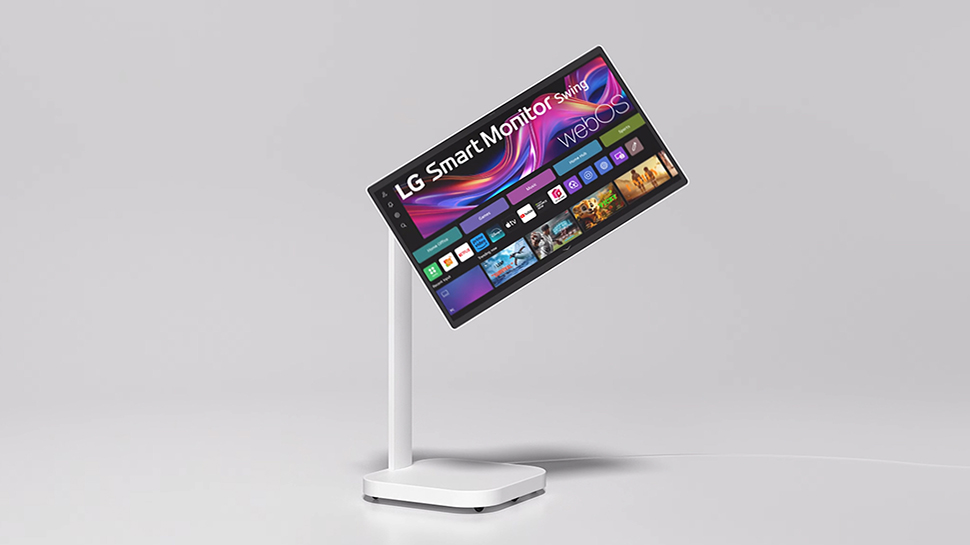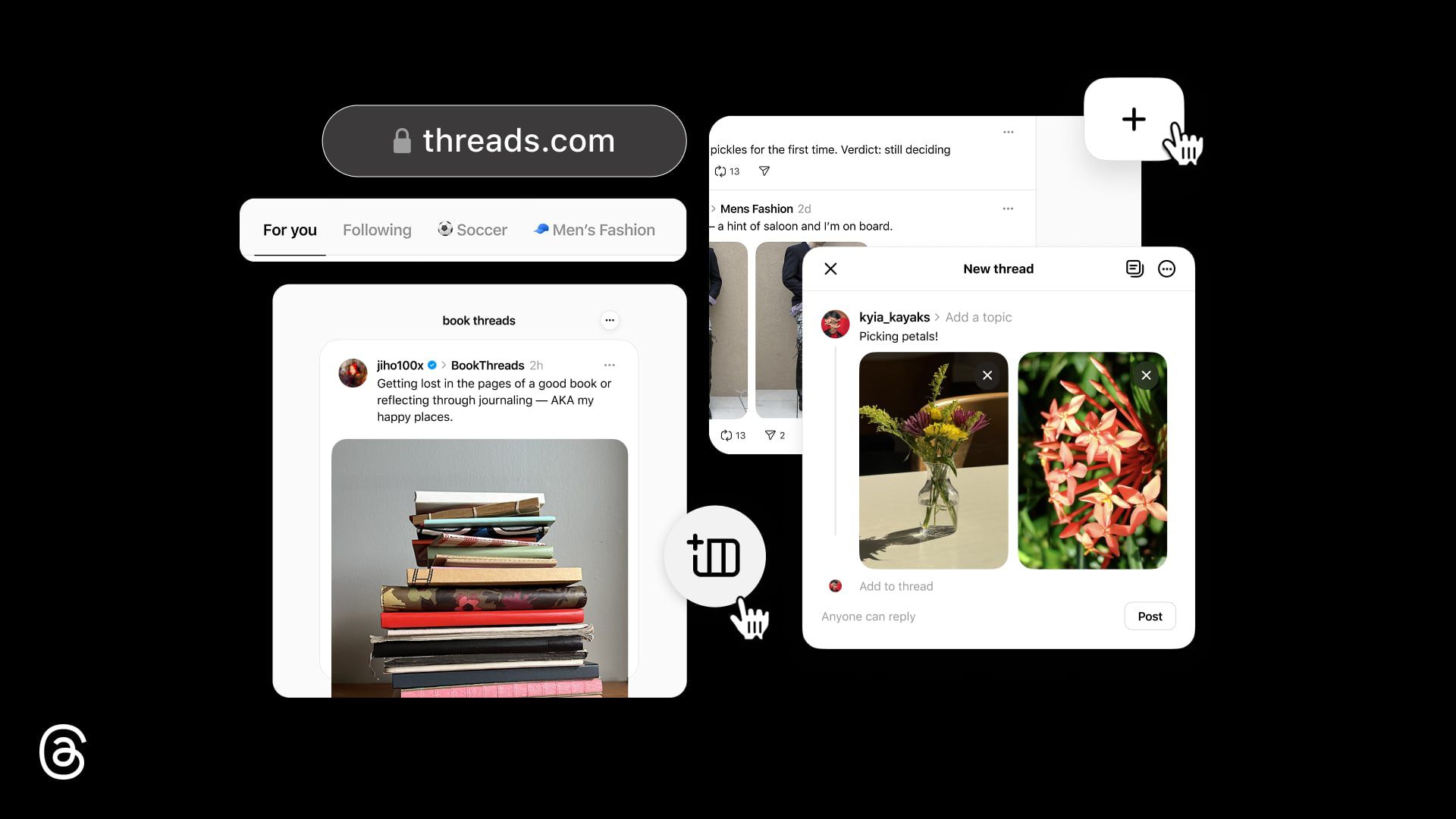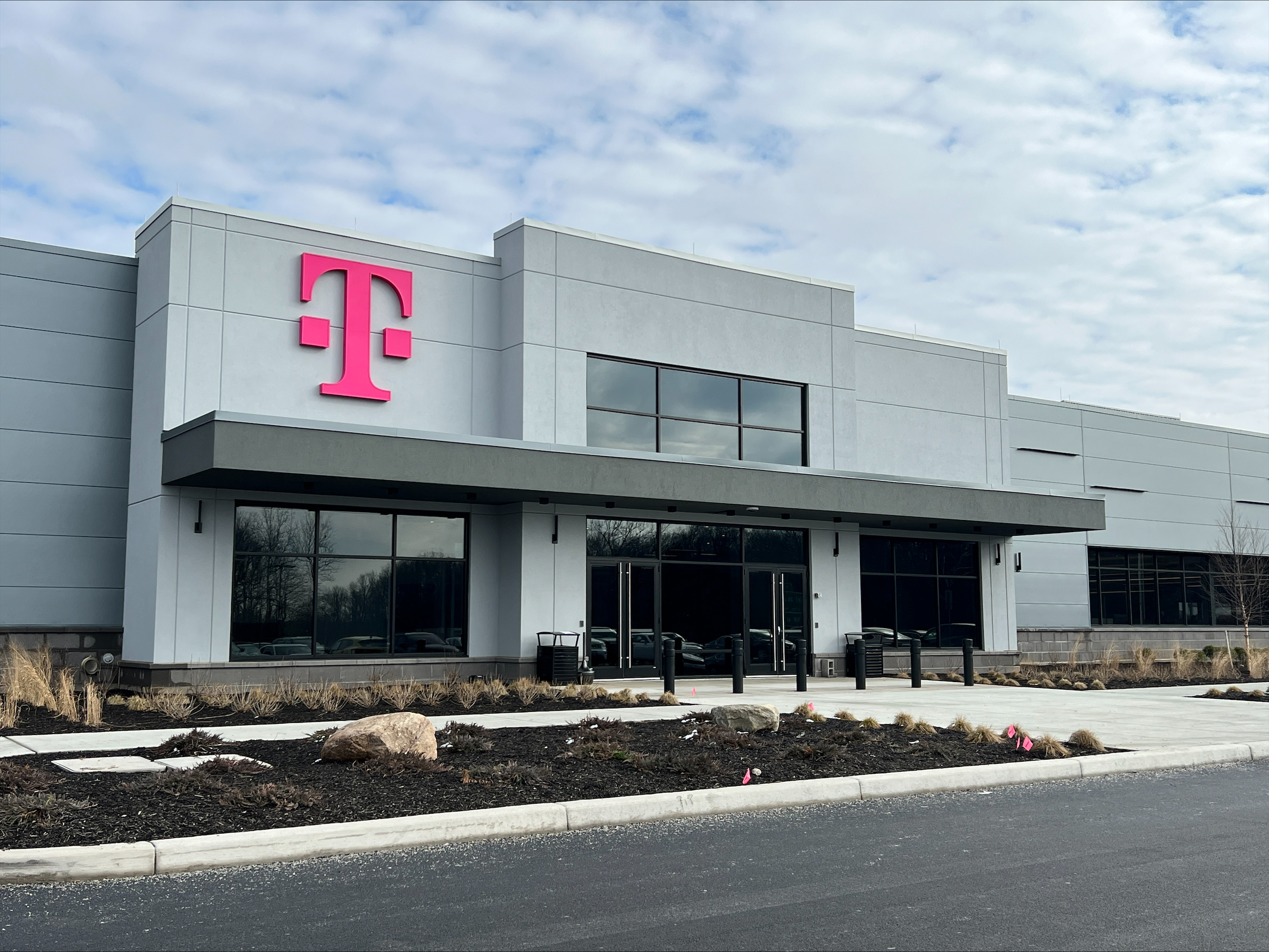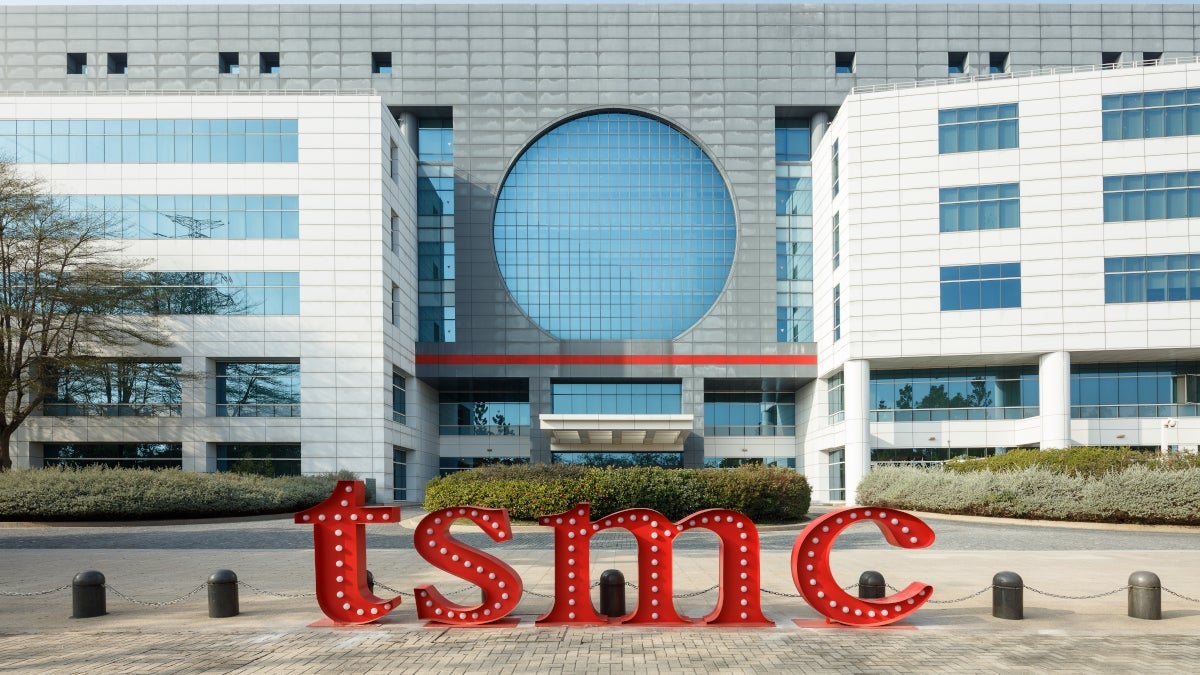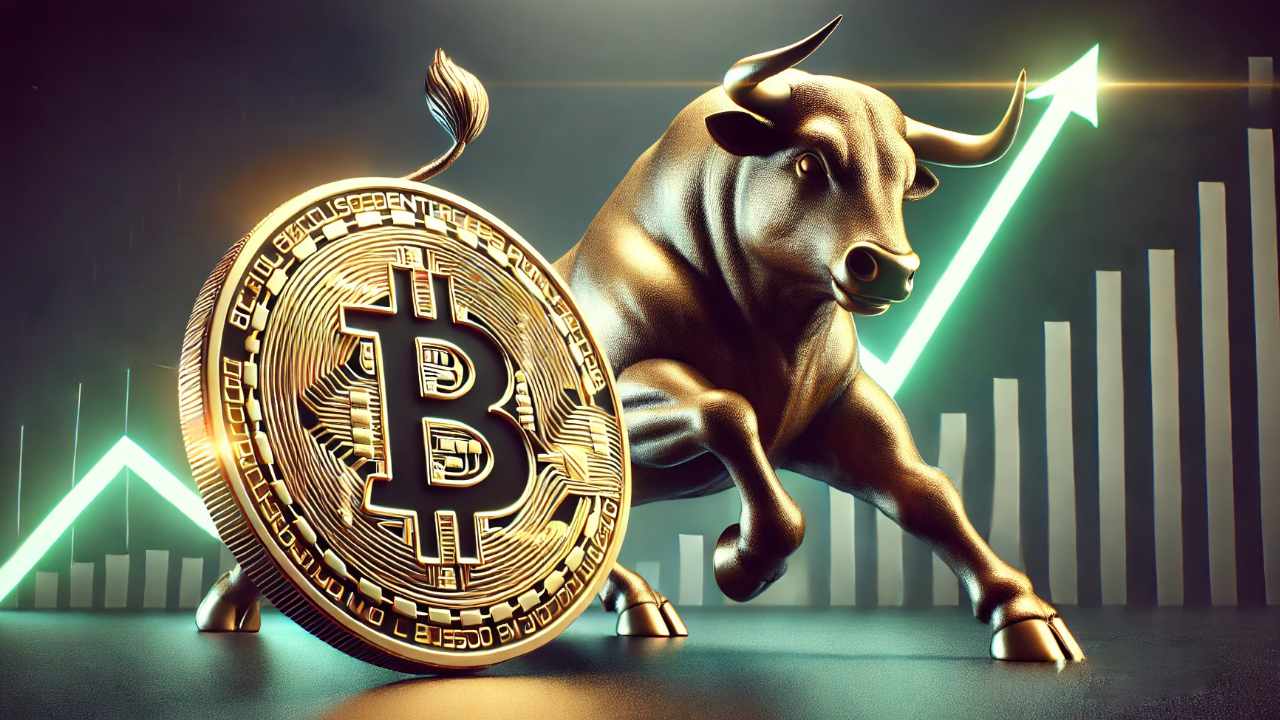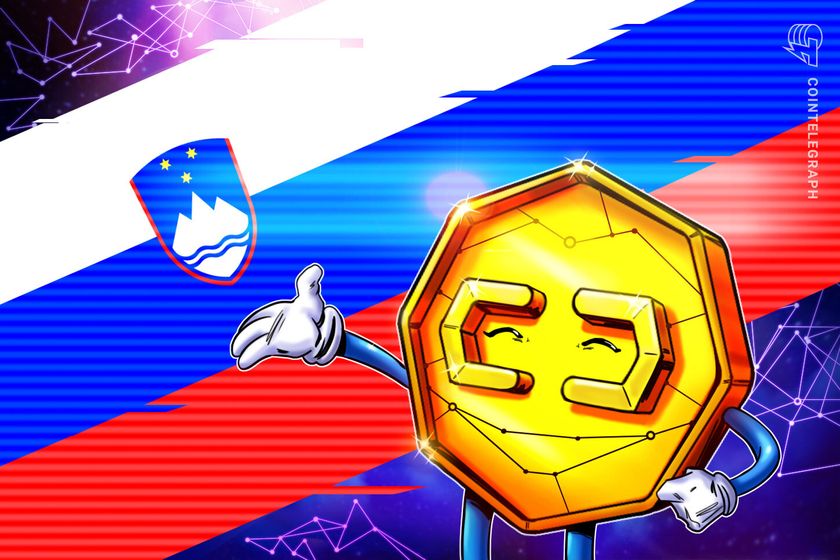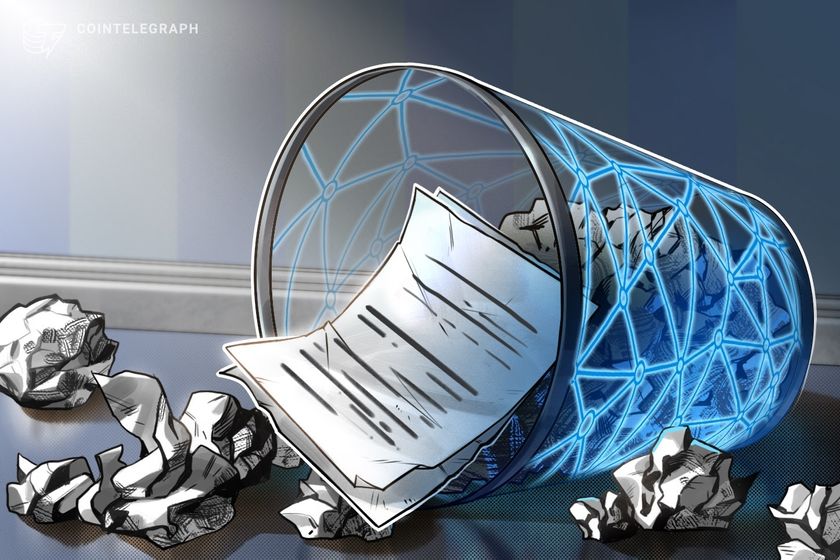Connectivity Redefined: Key Characteristics of IoT Technology
The Internet of Things (IoT) isn't just a buzzword anymore; it's actively reshaping how we experience our daily lives, workplaces, and the world around us. Fueled by AI and 5G breakthroughs, a growing appetite for smart home conveniences and ambitious smart city projects are taking root worldwide. Projections from Statista suggest a future teeming with connected devices --- expected to hit 40 billion globally by 2033. For anyone involved in creating the next wave of smart technology --- be it for homes, industry, or personal use --- grasping the fundamental nature of IoT technology is essential. This article dives into what makes IoT tick: its key components, how systems are typically structured, emerging trends, and the defining characteristics of IoT that allow it to build intelligent systems capable of sensing, thinking, and acting in real time. Understanding these core traits is crucial for building smart gadgets, industrial automation tools, wearable tech, or anything similar. What is IoT (Internet of Things)? IoT technology is a network infrastructure made up of interconnected physical objects with sensors, actuators, and communication capabilities embedded within them. These elements enable physical devices to collect and exchange data with each other and with cloud-based services. British inventor Kevin Ashton coined the term IoT back in 1999. However, its widespread use for IoT devices is more recent. Advancements in microchip fabrication have made producing very small, lightweight integrated circuits at a low cost possible. As a result, we can now incorporate network connectivity into everything from a fridge to a small ring. IoT System Components IoT isn't a single technology. It comprises multiple technologies working together to create a high-tech version of everyday items. The core components of IoT systems include: Sensors or devices (the T in IoT): These are the fundamental building blocks of IoT, gathering data from the physical world. They let the system perceive and respond to its environment. These "things" include smart home appliances, activity trackers, industrial sensors, medical devices, and more. Connectivity (the I in IoT): IoT devices need seamless connectivity to communicate with each other and central hubs or cloud platforms. This connectivity requires internet communication protocols and network infrastructure, including Bluetooth Low Energy (BLE), Wi-Fi, cellular networks, and Ethernet. Data collection and analysis: IoT devices must collect, store, and analyze the data IoT sensors gather to extract meaningful insights. This involves using cloud computing platforms, data storage solutions, and AI algorithms. Graphical user interface (GUI): GUIs allow users to interact with and manage their IoT devices. Examples of IoT Technology Now that we've outlined the foundation of IoT technology, let's explore some of its real-life applications. Smart home appliances: With a market value of $69 billion, smart TVs, ACs, refrigerators, and other connected appliances are some of the most common examples of IoT devices. They offer convenience, energy efficiency, and improved home security. Wearable medical devices: IoT devices also include wearable health monitors, heart rate monitors, blood sugar sensors, and other medical devices. Through advanced telemedicine apps, these devices provide remote doctors with real-time patient data, enabling better diagnosis and 24/7 health monitoring. Smart cities: Smart city projects like The Line in Saudi Arabia and Toyota's Woven City in Japan leverage IoT technology to optimize traffic flow, manage energy consumption, and improve public safety. Agriculture: IoT technology expands beyond the city and into the field, allowing farmers to optimize irrigation, monitor crop health, reduce resource waste, and improve agricultural efficiency. 13 Characteristics of IoT Systems Now, let's delve into the attributes that define IoT and highlight what makes it different from other technologies. Connectivity Let's start with what many consider the bedrock of IoT: connectivity. IoT devices leverage diverse connectivity options, including: Wireless technologies with varying ranges, data rates, and power consumption profiles like Wi-Fi, Bluetooth, Zigbee, Z-Wave, and cellular networks (3G, 4G, and 5G). For reliable, high-bandwidth connectivity for stationary devices or critical infrastructure, IoT tech relies on wired connections like ethernet and power-line communication (PLC) Self-organizing mesh networks enhance network resilience and coverage, particularly in challenging environments or large-scale deployments. Finally, low-power wide-area networks (LPWAN) like LoRaWAN, Sigfox, and NB-IoT enable environmental monitoring and smart agriculture applications. Unique Identity Each IoT device has a unique identity represented by an identifier that lets you address, manage, and sec

The Internet of Things (IoT) isn't just a buzzword anymore; it's actively reshaping how we experience our daily lives, workplaces, and the world around us.
Fueled by AI and 5G breakthroughs, a growing appetite for smart home conveniences and ambitious smart city projects are taking root worldwide. Projections from Statista suggest a future teeming with connected devices --- expected to hit 40 billion globally by 2033.
For anyone involved in creating the next wave of smart technology --- be it for homes, industry, or personal use --- grasping the fundamental nature of IoT technology is essential.
This article dives into what makes IoT tick: its key components, how systems are typically structured, emerging trends, and the defining characteristics of IoT that allow it to build intelligent systems capable of sensing, thinking, and acting in real time.
Understanding these core traits is crucial for building smart gadgets, industrial automation tools, wearable tech, or anything similar.
What is IoT (Internet of Things)?
IoT technology is a network infrastructure made up of interconnected physical objects with sensors, actuators, and communication capabilities embedded within them. These elements enable physical devices to collect and exchange data with each other and with cloud-based services.
British inventor Kevin Ashton coined the term IoT back in 1999. However, its widespread use for IoT devices is more recent.
Advancements in microchip fabrication have made producing very small, lightweight integrated circuits at a low cost possible. As a result, we can now incorporate network connectivity into everything from a fridge to a small ring.
IoT System Components
IoT isn't a single technology. It comprises multiple technologies working together to create a high-tech version of everyday items.
The core components of IoT systems include:
Sensors or devices (the T in IoT): These are the fundamental building blocks of IoT, gathering data from the physical world. They let the system perceive and respond to its environment. These "things" include smart home appliances, activity trackers, industrial sensors, medical devices, and more.
Connectivity (the I in IoT): IoT devices need seamless connectivity to communicate with each other and central hubs or cloud platforms. This connectivity requires internet communication protocols and network infrastructure, including Bluetooth Low Energy (BLE), Wi-Fi, cellular networks, and Ethernet.
Data collection and analysis: IoT devices must collect, store, and analyze the data IoT sensors gather to extract meaningful insights. This involves using cloud computing platforms, data storage solutions, and AI algorithms.
Graphical user interface (GUI): GUIs allow users to interact with and manage their IoT devices.
Examples of IoT Technology
Now that we've outlined the foundation of IoT technology, let's explore some of its real-life applications.
Smart home appliances: With a market value of $69 billion, smart TVs, ACs, refrigerators, and other connected appliances are some of the most common examples of IoT devices. They offer convenience, energy efficiency, and improved home security.
Wearable medical devices: IoT devices also include wearable health monitors, heart rate monitors, blood sugar sensors, and other medical devices. Through advanced telemedicine apps, these devices provide remote doctors with real-time patient data, enabling better diagnosis and 24/7 health monitoring.
Smart cities: Smart city projects like The Line in Saudi Arabia and Toyota's Woven City in Japan leverage IoT technology to optimize traffic flow, manage energy consumption, and improve public safety.
Agriculture: IoT technology expands beyond the city and into the field, allowing farmers to optimize irrigation, monitor crop health, reduce resource waste, and improve agricultural efficiency.
13 Characteristics of IoT Systems
Now, let's delve into the attributes that define IoT and highlight what makes it different from other technologies.
Connectivity
Let's start with what many consider the bedrock of IoT: connectivity.
IoT devices leverage diverse connectivity options, including:
Wireless technologies with varying ranges, data rates, and power consumption profiles like Wi-Fi, Bluetooth, Zigbee, Z-Wave, and cellular networks (3G, 4G, and 5G).
For reliable, high-bandwidth connectivity for stationary devices or critical infrastructure, IoT tech relies on wired connections like ethernet and power-line communication (PLC)
Self-organizing mesh networks enhance network resilience and coverage, particularly in challenging environments or large-scale deployments.
Finally, low-power wide-area networks (LPWAN) like LoRaWAN, Sigfox, and NB-IoT enable environmental monitoring and smart agriculture applications.
Unique Identity
Each IoT device has a unique identity represented by an identifier that lets you address, manage, and secure it individually. This identifier can be:
A MAC address
An IP address (IPv6)
A Universally Unique Identifier (UUID)
A device-specific identifier
Can you imagine what it would be like managing a network of 40 billion connected devices if you couldn't uniquely identify each one?
The unique identity is crucial for device authentication, data association, remote management, and implementing access controls.
Sensory Input
IoT devices act as a bridge between the physical and digital worlds through a diverse range of sensors. These sensors capture various physical parameters and convert them into digital data, and include:
Environmental sensors for temperature, humidity, pressure, light, and air quality.
Motion sensors, including accelerometers, gyroscopes, and proximity sensors.
Optical sensors like cameras, image sensors, and infrared sensors.
Acoustic sensors, including microphones and ultrasonic sensors.
Biometric sensors like fingerprint scanners and heart rate monitors.
The sensors needed in an IoT device depend on the specific application and the required data type.
Intelligence
Today's IoT devices often have onboard processing capabilities. These capabilities allow them to analyze data, make decisions, and perform machine learning tasks. Developers implement this intelligence through microcontrollers, edge computing devices, or cloud connectivity.
This type of distributed intelligence allows for near-real-time responses, reducing latency and minimizing reliance on centralized servers for local data processing, anonymization, and data aggregation.
Contextual Awareness
IoT devices achieve contextual awareness by combining their intelligence with sensor input data and other relevant information, such as location data, time stamps, user preferences, and historical data.
This contextual awareness allows IoT systems to make more informed decisions, provide relevant feedback, and autonomously adapt to changing conditions.
Real-Time Operation
Many IoT applications demand near-real-time responses to events and changes in the environment. Real-time operation is crucial for applications such as autonomous vehicles, industrial control systems, and infrastructure monitoring,
Three key technologies make this real-time operation possible:
Low-latency communications that minimize delays in data transmission.
Edge computing to perform data analysis and decision-making closer to the IoT device.
Real-time Operating Systems (RTOS) that can handle the critical performance requirements of real-time applications.
Autonomy
You can program an IoT device to make decisions and act without direct human intervention. This autonomy relies on the interplay between IoT technology's contextual awareness and intelligence, rule-based systems, and machine learning (ML) algorithms.
IoT autonomy reduces human input and streamlines operations. It allows IoT devices to instantly respond to events and environmental changes, enhancing the user experience.
Self-Adaptability
Think of your taste in music and picture your personalized activity feed on Spotify. It changes and adapts to your evolving preferences. IoT systems can do the same. They learn and adapt to user inputs and changing conditions over time.
Device self-adaptability relies on:
Analyzing sensor data and user interactions
Machine learning algorithms
Over-the-air (OTA) updates
Remote updates improve IoT device and system functionality by delivering essential software updates and the latest machine learning models.
Interoperability
The true power of IoT lies in its ability to connect diverse devices and systems so they can work together in harmony. This interoperability involves:
Standardized communication protocols, such as Message Queuing Telemetry Transport (MQTT), Constrained Application Protocol (CoAP), and HTTP, provide a common language for devices, regardless of their underlying hardware or software.
Standardized data formats like JSON and XML ensure different devices and systems can easily exchange and understand data.
APIs help app developers easily integrate software programs and add new features.
Interoperability is non-negotiable for communication and data exchange between the vast and diverse range of IoT devices and manufacturers. It's a critical characteristic of IoT technology that allows a cohesive and functional ecosystem.
Scalability
There are over 18 billion connected IoT devices worldwide. As we mentioned at the beginning of this post, that number will double by 2033. IoT technology can scale to accommodate this growing number of connected devices and the enormous volume of data.
Cloud computing and distributed architectures like cloud-to-edge are what make scalability possible. These architectures prevent bottlenecks and ensure efficient operation even with many connected devices. It also relies on efficient data management techniques like aggregation, compression, and filtering.
Security
Because of their interconnectedness, IoT devices have unique cybersecurity requirements. The National Institute of Standards and Technology (NIST) developed the NISTIR 8259 Series of cybersecurity standards to address these requirements.
Key security measures include:
Device authentication
Access controls
NIST also recommends manufacturers conduct regular security audits of IoT devices and vulnerability assessments to identify and address potential security risks.
Miniaturization
IoT devices are small. It's one of their defining traits. And they're only getting smaller, more powerful, and energy-efficient as miniaturization technology advances. Their size enables:
Integration into everyday objects, from clothing and wearables to appliances and furniture.
Reduced power consumption and longer battery life.
A wider range of applications, from implantable medical devices to environmental monitoring sensors.
Ubiquity
IoT technology's small size, versatility, scalability, and interoperability are making it ever-present, transforming various aspects of daily life, industry, and the world around us.
This ubiquity is evident in:
Smart home devices that connect appliances, lighting systems, and more.
Wearable technology like smartwatches, fitness trackers, and medical devices.
Industrial automation, where IoT sensors and control systems optimize manufacturing processes and commercial workflows.
Environmental sensors that monitor current weather conditions like air quality and water levels.
The growing ubiquity of IoT is creating more innovative, efficient, and connected environments.
IoT System Architecture and Design
An IoT system's architecture shapes its functionality, scalability, and security. It defines how different components interact, how data is processed, and how the system is managed.
Let's explore the key elements of IoT system architecture and design.
Sensing and Data Acquisition
At the heart of any IoT system lies the ability to sense and acquire data from the physical world. This involves:
Sensor Selection: Choosing the right sensors based on the specific application and the required data type. This includes considering accuracy, range, power consumption, and cost.
Data Acquisition Methods: Implementing appropriate methods for collecting data from sensors, including analog-to-digital conversion (ADC) for analog and digital interfaces for digital sensors.
Signal Conditioning involves processing sensor signals using noise filters (specifically low-pass and Kalman filters) and operational amplifiers (op-amps) to convert them into a suitable format for further processing.
Effective sensing and data acquisition are essential for accurate and reliable data analysis and decision-making in IoT systems.
Communication Protocols
We mentioned how standard communication protocols are the foundation of IoT's interoperability.
These communication protocols let IoT devices communicate with each other and with central hubs or cloud platforms. Choosing the right protocol is crucial for efficient and reliable data transmission.
Some standard IoT protocols include:
MQTT: A lightweight, publish-subscribe protocol ideal for resource-constrained devices and low-bandwidth networks.
CoAP: A specialized protocol for constrained devices and networks, offering low overhead and efficient data transfer.
Zigbee: A low-power, low-data-rate protocol commonly used in mesh networks for home automation and smart lighting applications.
LoRaWAN: A long-range, low-power protocol ideal for wide-area networks and applications like environmental monitoring and smart agriculture.
As you can see, each protocol has its trade-offs in terms of power consumption, range, data rates, and complexity. They're not one-size-fits-all. Choosing the right one depends on your application's specific needs.
Edge Computing
Edge computing means processing data on nearby gateways or devices instead of relying solely on cloud processing. This offers several benefits:
Lower latency
Better bandwidth efficiency
More autonomy
These benefits make accommodating the growing number of new connected IoT devices possible. Without edge computing, the sheer volume of data generated by billions of IoT devices would put a massive strain on cloud infrastructure.
AWS Greengrass, Cisco Edge Intelligence, and Azure IoT Edge are popular examples of edge computing solutions.
Cloud Platforms and Data Management
Edge computing is critical, but it's not enough. You still need the cloud. Cloud platforms play a crucial role in the IoT ecosystem. They provide a scalable infrastructure for data storage, processing, and analysis.
Popular IoT cloud platforms include:
AWS IoT is a comprehensive suite of IoT services by Amazon Web Services.
Azure IoT Hub is Microsoft's cloud-based IoT platform.
Google Cloud IoT provides secure device connectivity, data ingestion, processing, and visualization.
Developers can manage IoT devices, store and process data, and build IoT applications with these platforms. With machine learning and analytics capabilities, they can extract more valuable insights from IoT data.
IoT Technology Trends and Developments
IoT is evolving. Though it plays its part, AI isn't the only force behind this evolution. Some of the key trends shaping the future of IoT include:
Integrated Machine Learning (ML) and Artificial Intelligence (AI): Integrating AI and ML into IoT devices enables more efficient data analysis and automation. The recent release of DeepSeek's R1 LLM will likely make this integration cheaper and more effective.
Low-power Wi-Fi: Qualcomm and Silicon Labs developed a new low-power Wi-Fi 6 chip that uses 88% less power. This chip enables battery-powered IoT devices to connect directly to the Internet and cloud services without protocol conversion. This trend will streamline IoT connectivity in 2025 and beyond.
Edge Computing: The shift towards edge computing is accelerating, with more processing and intelligence being pushed closer to the data source.
Digital Twins: Virtual representations of physical assets and systems are becoming increasingly sophisticated, enabling better monitoring, analysis, and optimization.
Conclusion
The Internet of Things (IoT) is evolving rapidly. You've seen it, and we've seen it. This technology is revolutionizing products, services, and daily life by merging the physical and digital worlds.
Tens of billions of new IoT devices are expected to come online in the years ahead, so the pace of innovation will only increase. However, connectivity, unique identification, contextual awareness, and real-time operation will continue to be the hallmarks of IoT.
If you're interested in more in-depth explanations and insight into the latest technology and other project management and development topics, check out our Stream tutorials. You'll find practical examples and expert suggestions for building market-leading products.









































































































































































![[The AI Show Episode 144]: ChatGPT’s New Memory, Shopify CEO’s Leaked “AI First” Memo, Google Cloud Next Releases, o3 and o4-mini Coming Soon & Llama 4’s Rocky Launch](https://www.marketingaiinstitute.com/hubfs/ep%20144%20cover.png)

































































































































![[DEALS] Sterling Stock Picker: Lifetime Subscription (85% off) & Other Deals Up To 98% Off – Offers End Soon!](https://www.javacodegeeks.com/wp-content/uploads/2012/12/jcg-logo.jpg)












































































































.jpg?#)




















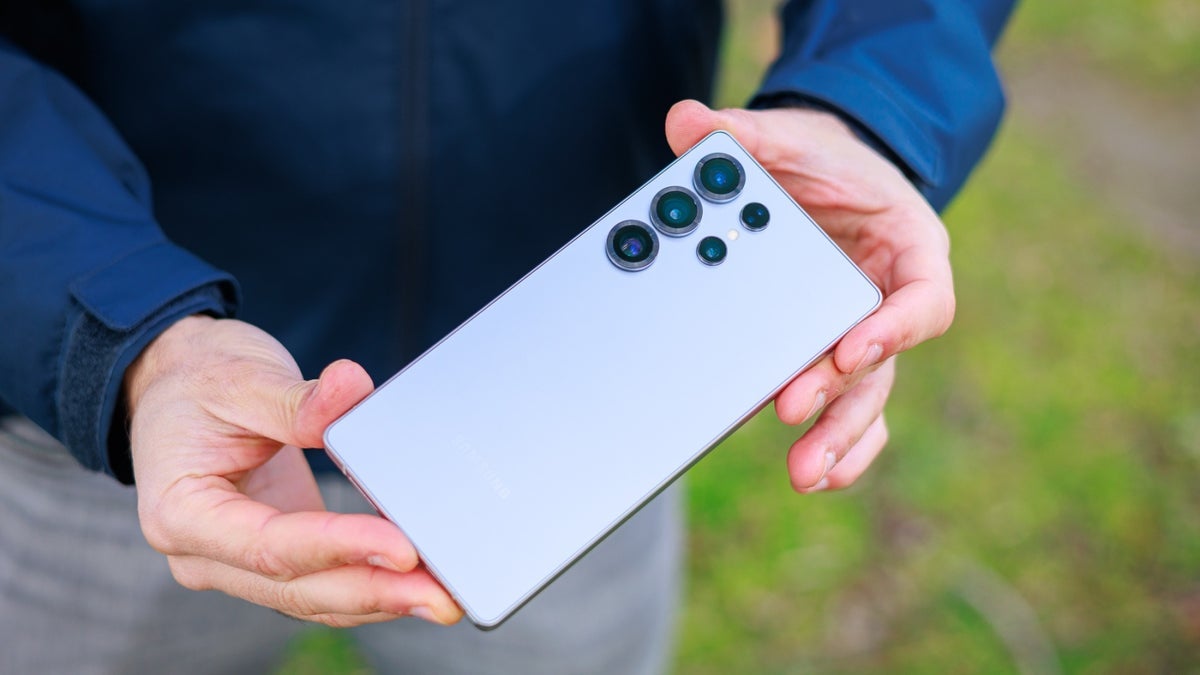






















































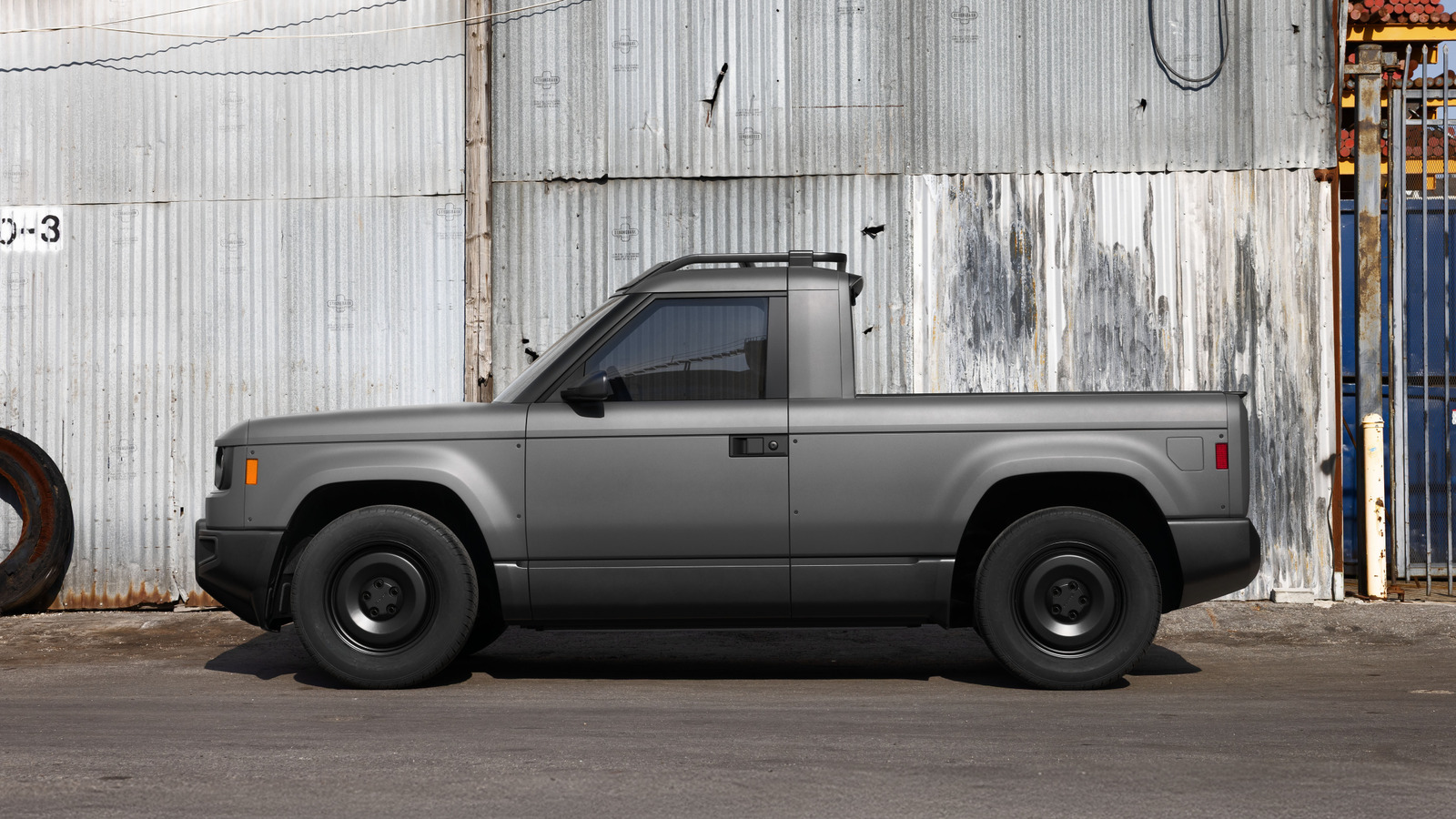



















































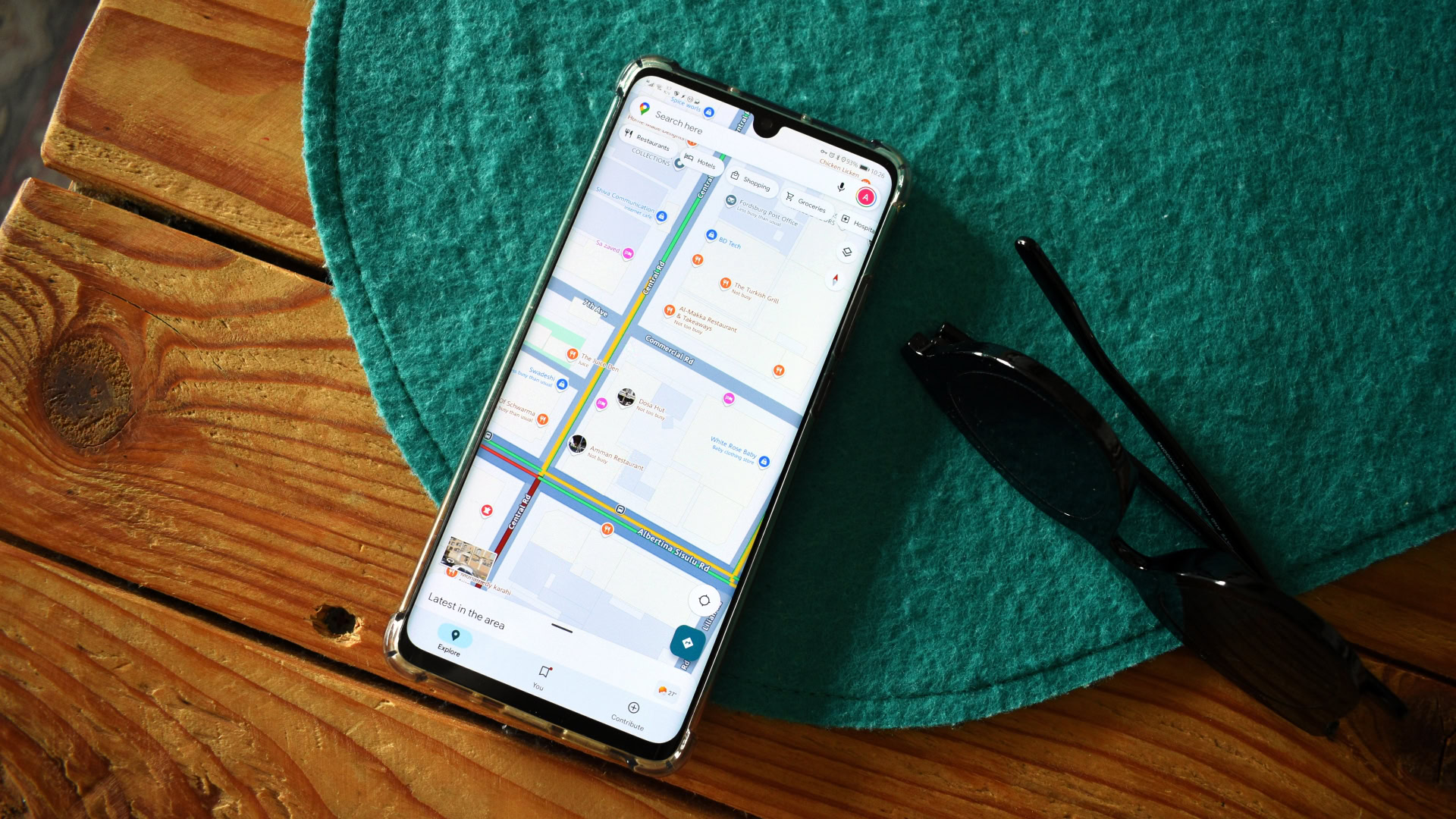




















![Apple to Shift Robotics Unit From AI Division to Hardware Engineering [Report]](https://www.iclarified.com/images/news/97128/97128/97128-640.jpg)

![Apple Shares New Ad for iPhone 16: 'Trust Issues' [Video]](https://www.iclarified.com/images/news/97125/97125/97125-640.jpg)


















